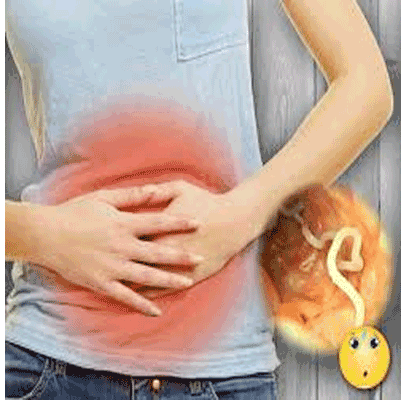Gastritis
Acidity (Gastritis) – Overview (Spaks Homeopathy)
Acidity is one of the most common digestive problems, caused by excess acid production in the stomach. It can lead to discomfort, indigestion, and burning sensations. In addition, it often presents with a sour taste in the mouth, difficulty swallowing, and abdominal bloating.
The causes of acidity are varied – from poor eating habits, irregular meal timings, stress, and use of certain medications to lifestyle factors like smoking, alcohol intake, and consumption of oily, fatty, and spicy foods.
Occasional acidity is common and usually harmless. However, if the symptoms occur frequently (two or more times per week), it may indicate an underlying condition such as gastritis, GERD, or peptic ulcer disease and requires medical evaluation.
Home remedies such as tulsi, mint, fennel seeds, and cold milk may provide temporary relief. Homeopathy, however, aims at long-term correction by addressing the root cause.
Causes of Acidity
-
Irregular or unhealthy eating habits
-
Excessive intake of oily, fried, or spicy foods
-
Smoking and alcohol consumption
-
Stress and anxiety
-
Overuse of painkillers or certain medications (NSAIDs, steroids)
-
Infections like Helicobacter pylori
-
Underlying digestive disorders such as GERD or peptic ulcers
Symptoms of Gastritis / Acidity
-
Nausea and abdominal discomfort
-
Abdominal bloating and fullness
-
Burning pain in the stomach (especially between meals or at night)
-
Indigestion and sour belching
-
Hiccups and loss of appetite
-
Vomiting (sometimes with blood or coffee-ground appearance)
-
Black, tarry stools (a sign of internal bleeding – requires urgent care)
Effects / Complications
-
Persistent discomfort and poor quality of life
-
Peptic ulcer disease
-
Internal bleeding in severe cases
-
Risk of anemia due to blood loss
-
Increased risk of gastric cancer in chronic untreated cases
Homeopathic Treatment for Acidity (Spaks Homeopathy)
Homeopathy helps by regulating acid secretion, improving digestion, and addressing lifestyle-linked causes. Remedies are selected based on individual symptoms. Commonly used medicines include:
-
Nux Vomica – for acidity due to overwork, stress, spicy food, or alcohol
-
Carbo Vegetabilis – for bloating, belching, and heaviness after meals
-
Robinia Pseudacacia – for severe acidity with sour belching and burning in the chest
-
Pulsatilla – for indigestion after rich, fatty food with a heavy feeling
-
Natrum Phos – for hyperacidity with sour belching and heartburn
Note: Homeopathic remedies must be prescribed by a qualified physician after considering individual symptoms.
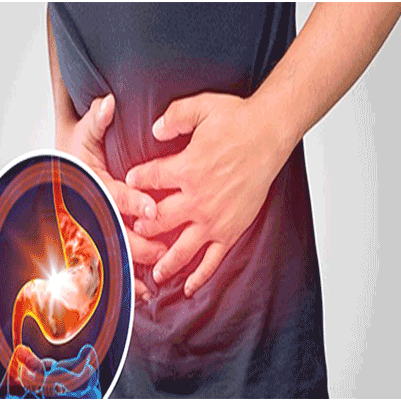
Gas & Acidity
Bloated Abdomen & Gas Problems – Overview (Spaks Homeopathy)
A bloated abdomen is a common digestive complaint where the stomach feels full, tight, or swollen, often due to excessive gas buildup. It may be accompanied by discomfort, pain, and a feeling of heaviness.
Homeopathic medicines, prepared from natural substances, are highly effective in treating bloating, gas, and indigestion. They not only relieve immediate discomfort but also work on the root cause, providing long-term recovery. Homeopathy also helps in releasing trapped gas, reducing abdominal pain, burning, and other associated symptoms.
Certain medications such as opioid pain relievers, antidepressants, and high blood pressure medicines can slow gastric emptying and worsen bloating, especially in patients with conditions like gastroparesis.
Causes of Bloating and Gas
-
Overeating or eating heavy, rich foods
-
Indigestion and sluggish digestion
-
Food intolerances (e.g., lactose, gluten)
-
Excessive intake of carbonated drinks
-
Constipation or irregular bowel movements
-
Use of certain medications (opioids, antidepressants, antihypertensives)
-
Underlying digestive disorders such as gastroparesis or IBS
Symptoms of Bloating and Gas
-
Abdominal fullness and bloating
-
Excessive belching or passing of gas
-
Nausea and vomiting of undigested food
-
Feeling full quickly after eating (early satiety)
-
Loss of appetite
-
Abdominal pain or burning sensation
-
Unexplained weight loss in chronic cases
-
Poor blood sugar control in diabetic patients with gastroparesis
Effects / Complications
-
Persistent discomfort and reduced quality of life
-
Nutrient malabsorption and weakness
-
Weight loss due to poor appetite
-
Poor glycemic control in diabetics
-
Anxiety and social discomfort due to excessive gas
Homeopathic Treatment for Bloating and Gas (Spaks Homeopathy)
Homeopathy provides gentle, natural relief by improving digestion, releasing trapped gas, and correcting underlying digestive weakness. Commonly prescribed remedies include:
-
Carbo Vegetabilis – for excessive gas, bloating, and belching, especially after heavy meals
-
Lycopodium Clavatum – for bloating after small meals, fullness, and right-sided abdominal discomfort
-
China (Cinchona Officinalis) – for gas with abdominal distension and weakness
-
Nux Vomica – for indigestion from spicy food, alcohol, or stress
-
Pulsatilla – for bloating and indigestion from rich, creamy foods
Note: Medicine selection depends on individual symptoms. Always consult a qualified homeopathic physician for safe treatment.
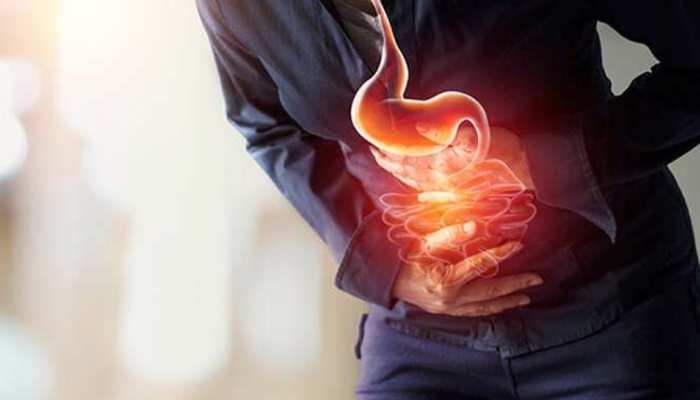
Indigestion
Indigestion (Dyspepsia)
Overview
Indigestion, also known as dyspepsia, is a common digestive problem that causes discomfort in the upper abdomen. It is usually felt as fullness, burning, or pain during or after meals.
Indigestion itself is not a disease but can be a symptom of other underlying conditions such as gastroesophageal reflux disease (GERD), peptic ulcers, or gallbladder problems.
Symptoms
Bloating
Belching and excess gas
Nausea and vomiting
Acidic taste in the mouth
Fullness during or after meals
Growling stomach
Burning sensation in the stomach or upper abdomen
Pain or discomfort in the upper belly
Effects
Discomfort and loss of appetite
Disturbed daily routine due to abdominal pain
Weight loss in chronic cases
Poor absorption of nutrients if indigestion is prolonged
Emotional stress and irritability due to recurring digestive issues
Homeopathic Treatment
Carbo vegetabilis – for bloating, fullness, and excessive belching
Nux vomica – for indigestion from overeating, alcohol, or spicy food
Pulsatilla – for heaviness after rich or fatty food, with no thirst
Lycopodium – for acidity, gas, and fullness even after small meals
China (Cinchona) – for weakness and bloating due to excessive gas
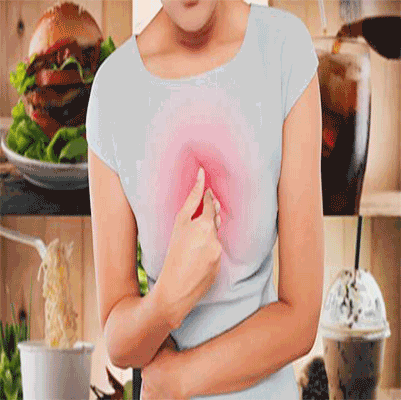
Lactose intolerance
Lactose Intolerance
Overview
Lactose intolerance is a digestive disorder where the body is unable to fully digest lactose, a natural sugar found in milk and dairy products. This happens due to low levels of an enzyme called lactase, which is needed to break down lactose in the small intestine.
While lactose intolerance is not dangerous, it can cause uncomfortable digestive symptoms after consuming dairy. The severity of symptoms varies from person to person, depending on how much lactose they can tolerate.
Symptoms
Symptoms usually appear within 30 minutes to 2 hours after consuming lactose-containing foods or drinks. Common signs include:
-
Diarrhea
-
Nausea (sometimes vomiting)
-
Abdominal cramps
-
Bloating
-
Excessive gas
Effects
If lactose intolerance is not managed, it can lead to:
-
Persistent digestive discomfort
-
Social or lifestyle limitations (avoiding meals with dairy)
-
Risk of calcium and vitamin D deficiency, which may weaken bones over time
Treatment
There is no cure for lactose intolerance, but symptoms can be managed effectively through:
-
Dietary changes: Limiting or avoiding milk, cheese, and other dairy products
-
Lactose-free alternatives: Plant-based milk (soy, almond, oat, coconut) or lactose-free dairy products
-
Lactase enzyme supplements: Taken before consuming dairy to help digest lactose
-
Calcium and Vitamin D supplementation: To maintain bone health if dairy intake is restricted
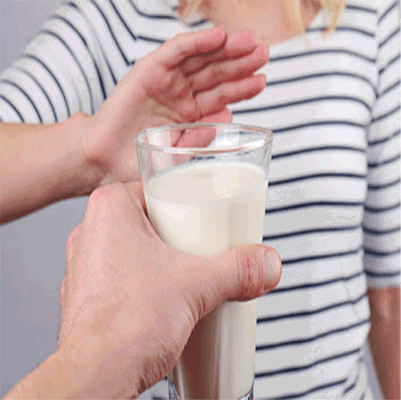
Peritonitis
Peritonitis
Overview
Peritonitis is the inflammation of the peritoneum, a thin, silk-like membrane that lines the inner walls of the abdomen and covers abdominal organs. This inflammation is usually caused by a bacterial or fungal infection.
Peritonitis can occur due to:
-
Perforation or rupture of abdominal organs (e.g., appendix, stomach, intestines)
-
Complications of medical conditions such as liver disease, pancreatitis, or abdominal surgery
-
Infections following peritoneal dialysis
It is a medical emergency, requiring prompt treatment to prevent widespread infection (sepsis) and serious complications.
Symptoms
-
Severe abdominal pain or tenderness
-
Abdominal bloating or distention (feeling of fullness)
-
Fever and chills
-
Nausea and vomiting
-
Loss of appetite
-
Diarrhea or constipation
-
Reduced urine output and increased thirst
-
Inability to pass stool or gas
-
Fatigue or weakness
Effects
-
Severe infection that can spread throughout the body (sepsis)
-
Shock from low blood pressure due to widespread infection
-
Organ failure (kidneys, liver, heart) if untreated
-
Chronic abdominal problems if peritonitis recurs or causes adhesions
-
Increased risk of death in untreated or severe cases
Treatment
Treatment focuses on controlling infection and addressing the underlying cause:
1. Hospitalization and Supportive Care
-
Intravenous (IV) fluids to maintain hydration and blood pressure
-
Pain management
-
Monitoring vital signs and organ function
2. Medications
-
Broad-spectrum antibiotics (initially IV, adjusted based on culture results)
-
Antifungal medications if fungal infection is suspected
3. Surgery
-
Required to repair perforated organs (e.g., appendectomy, bowel repair)
-
Drainage of abscesses or infected fluid in the abdominal cavity
4. Lifestyle & Recovery
-
Strict rest and monitoring until infection resolves
-
Gradual return to a normal diet as tolerated
-
Follow-up care to prevent recurrence and manage complications
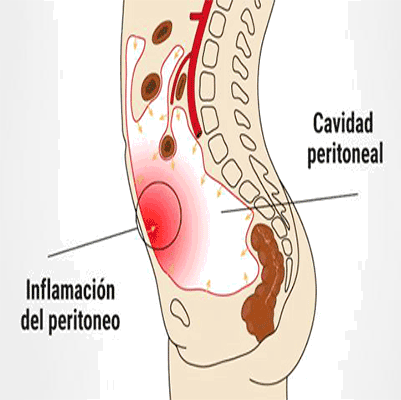
Stomach Fat
Belly Fat (Abdominal Obesity)
Overview
Belly fat is more than just the extra layer of fat under the skin (subcutaneous fat). It also includes visceral fat, which lies deep in the abdomen around internal organs like the liver, pancreas, and intestines.
Excess visceral fat is linked to increased risk of heart disease, type 2 diabetes, high blood pressure, and certain cancers.
Causes of Belly Fat:
-
Poor diet (high sugar, refined carbs, and unhealthy fats)
-
Sedentary lifestyle
-
Hormonal changes (e.g., stress hormones, menopause)
-
Genetics
-
Sleep deprivation
Symptoms / Effects of Excess Belly Fat
-
Feeling sluggish or low energy
-
Sleep apnea (breathing interruptions during sleep)
-
Digestive issues and bloating
-
Gradual weight gain, especially around the waist
-
Pain or discomfort in the right abdomen (liver or digestive issues)
-
Headaches or migraines related to poor circulation or metabolic changes
-
Increased risk of chronic diseases:
-
Type 2 diabetes
-
Heart disease
-
High blood pressure
-
Fatty liver disease
-
Certain cancers
-
Treatment / Management
1. Lifestyle Changes
-
Balanced diet: Emphasize vegetables, fruits, lean protein, whole grains, and healthy fats
-
Reduce sugar and refined carbs
-
Portion control and mindful eating
-
Hydration: Drink plenty of water
2. Physical Activity
-
Aerobic exercise: Walking, jogging, swimming, or cycling
-
Strength training: Builds muscle, which increases metabolism
-
Core exercises: Target abdominal muscles
3. Sleep & Stress Management
-
Get 7–9 hours of quality sleep per night
-
Manage stress through meditation, yoga, or relaxation techniques
-
Stress reduction helps lower cortisol, a hormone linked to visceral fat
4. Medical or Surgical Options
-
For severe obesity, doctors may consider weight-loss medications
-
In extreme cases, bariatric surgery may be an option
5. Monitoring Health
-
Regular checkups to monitor blood sugar, blood pressure, and cholesterol
-
Keep track of waist circumference and body mass index (BMI)
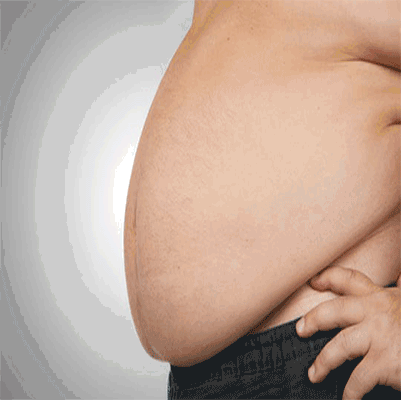
Worms in Stomach
Tapeworm Infection
Overview
Tapeworm infection occurs when you ingest tapeworm eggs or larvae through contaminated food or water.
There are two main types of infection:
-
Invasive Infection:
-
Caused by ingestion of tapeworm eggs.
-
Eggs can migrate outside the intestines, forming larval cysts in body tissues and organs.
-
-
Intestinal Infection:
-
Caused by ingestion of tapeworm larvae.
-
Larvae develop into adult tapeworms in the intestines.
-
An adult tapeworm has a head, neck, and chain of segments (proglottids).
-
The head attaches to the intestinal wall, and proglottids grow and produce eggs.
-
Adult tapeworms can live up to 30 years in a host.
-
Symptoms
Common signs and symptoms may include:
-
Abdominal pain or tenderness
-
Diarrhea
-
Nausea or vomiting
-
Gas and bloating
-
Fatigue or weakness
-
Unexplained weight loss
-
Loss of appetite
Treatment / Management
-
Antiparasitic Medications: Drugs such as praziquantel or albendazole kill adult tapeworms.
-
Supportive Care: Treat dehydration and nutritional deficiencies if present.
-
Surgery: Rarely needed, usually for invasive cysts causing organ damage.
-
Prevention:
-
Wash hands thoroughly
-
Cook meat and fish thoroughly
-
Drink safe, clean water
-
